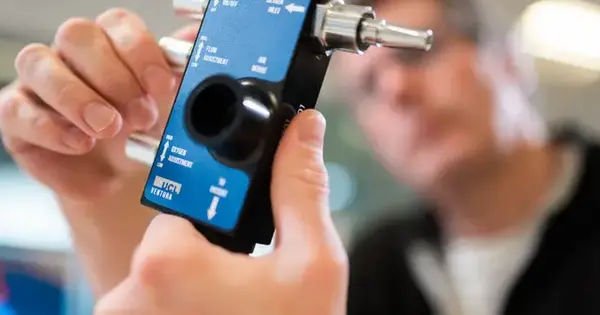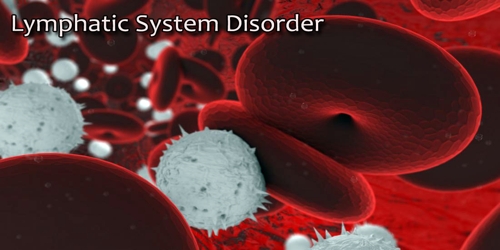Innovative breathing aids have grown in importance, particularly in the context of respiratory disorders such as COVID-19. These gadgets, which range from simple devices to complex technologies, can help people breathe more easily and effectively.
Chronic obstructive pulmonary disease (COPD) is a debilitating disease that affects one out of every ten persons. The development of new breathing equipment by pulmonologists at the University of Cincinnati has promise for improving their lives.
The innovative device not only improves COPD patients’ symptoms and quality of life, but it also helps people who are stressed or anxious, as well as those who practice mindfulness, meditation, or yoga. The findings were published in Respiratory Care.
We conducted a six-minute walk test with and without the device. They were given the device to use in their daily routines at home. A two-week follow-up was conducted to determine if PEP Buddy use affected their shortness of breath and quality-of-life scores.
Muhammad Ahsan Zafar
Muhammad Ahsan Zafar, MD, and Ralph Panos, MD, designed the PEP Buddy device. Panos is a professor emeritus in pulmonary and critical care at the UC College of Medicine and the director of the national tele-ICU program for the United States Veterans Administration. Zafar is an associate professor in the Department of Pulmonary Critical Care and Sleep Medicine at the UC College of Medicine.
“Dr. Panos and I both see patients with COPD, and it’s a huge population,” Zafar explains. “When they have COPD, their life completely changes.” They used to be busy people, but now they’re disabled and constrained, so we wanted to come up with something simple that will assist them enhance their lives.”
Due to tighter air tubes, it takes longer for COPD patients to expel inhaled air from their lungs with each breath. As a result, when they breathe quickly, such as during physical exercises, air is held in the lungs. This air stacking, also known as “dynamic hyperinflation,” is the primary cause of shortness of breath and reduced oxygen levels. People become less active and more solitary as their breathing becomes more difficult during physical exertion.

Panos and Zafar created a handheld gadget the size of a whistle. When Zafar looked at the market for positive-expiratory pressure (PEP) breathing equipment, he noticed that they were portable, large, and cumbersome, so they set out to create something that is simple, lightweight, and easy to use. The gadget is intended to be worn around the neck with a lanyard on a daily basis and inserted into the mouth when necessary, either during or after exertion.
They investigated participants with COPD who were short of breath and offered them two tasks in the study. “We conducted a six-minute walk test with and without the device,” Zafar explains. “They were given the device to use in their daily routines at home.” A two-week follow-up was conducted to determine if PEP Buddy use affected their shortness of breath and quality-of-life scores.”
According to the study, 72% of individuals saw a significant improvement in their shortness of breath and overall quality of life. When utilizing PEP Buddy, 36% of those who would reduce their oxygen levels while walking did not drop their oxygen levels. This is the first mechanical device to show such an impact on oxygen levels in people with COPD.
Maja Flannery, a PEP Buddy user with chronic lung disease and airflow obstruction, says the device has changed her day-to-day living.
“I am so grateful that I was able to participate in the study and use this wonderful little device to help me breathe better,” Flannery says. “I use it first thing in the morning.” It helps with the air requirement when changing positions from laying down to standing, as well as exercising my lungs to get them ready for the day. It helps me get trapped air out while I’m active, so I can play longer points during tennis and recover faster between points. My tennis buddies joke that it’s my ‘magic whistle.'”
The next stage in this research, according to UC’s Zafar, is to undertake a long-term study to evaluate how it affects the usage of rescue inhalers, emergency department visits, and long-term symptoms and functional capacity in persons with COPD. PEP Buddy may potentially be a beneficial addition to pulmonary rehabilitation programs for accelerated progress and long-term success. They are also looking on other applications for PEP Buddy in health care.
















